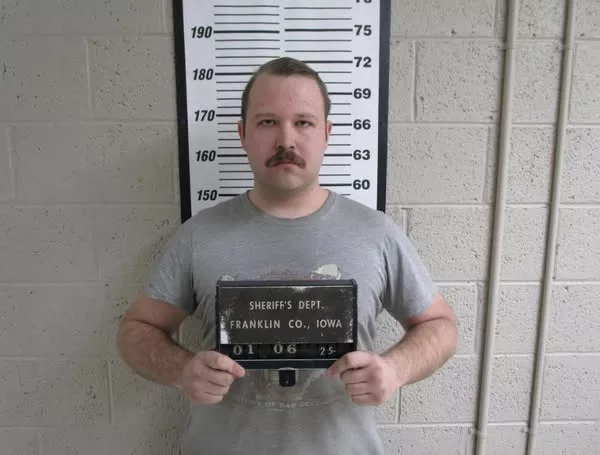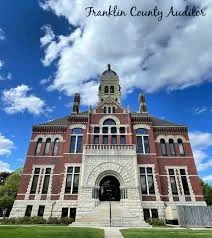
This week is National CPR and AED Awareness Week, spotlighting how lives can be saved if more Americans know CPR and how to use an AED. The American Heart Association says about 70% of out-of-hospital cardiac arrests happen in homes. If you are called on to give CPR in an emergency, you will most likely be trying to save the life of someone you love.
Franklin General EMS Manager, Nancy Retz, tells Radio on the Go News learning the two simple steps of hands-only CPR can be just as effective in the first few minutes as conventional CPR for cardiac arrest at home or in public.
*Retz #1
“Hands-only CPR is what they’re using to teach the community in general in how to do CPR. It’s where you only do compressions. You don’t have to do any breathing. There’s a lot of people in the community that’s uncomfortable doing mouth-to-mouth resuscitation. So this still provides a high degree of blood flow to the body, to the brain if someone’s heart has stopped. The CPR that you would learn if you’re working in a hospital or in a facility where you need to have more education is basic life support, and that teaches you how to do CPR and includes the rescue breathing or the mouth-to-mouth.”
CPR and AED Awareness Week aims to improve access to automated external defibrillators. Retz says survival rates can be as high as 70% if AEDs are used within 2 minutes of cardiac arrest.
*Retz #2
“It is a very simple device to use. It’s got two patches that you place on the victim’s chest. And the machine will actually, once you turn it on, it will walk you through exactly what you need to do. What it will do is if the person has a very specific heart rhythm, it will provide an electrical shock to try and jumpstart their heart. Usually if someone has cardiac arrest, the heart rhythm is called ventricular fibrillation, and this device will shock someone and hopefully get a normal heartbeat back so that the person will survive.”
For more information on CPR and AED training, you can visit redcross.org.






